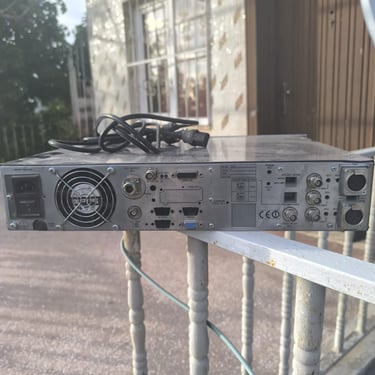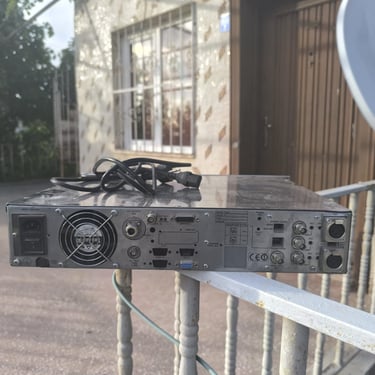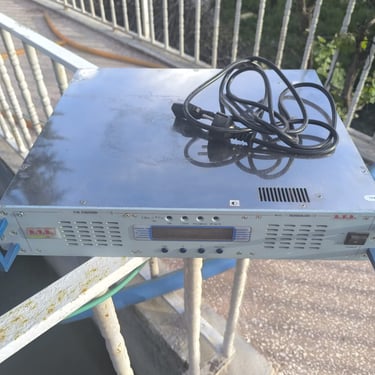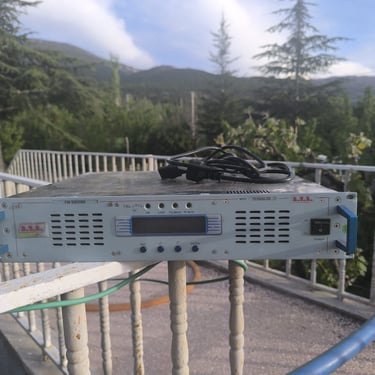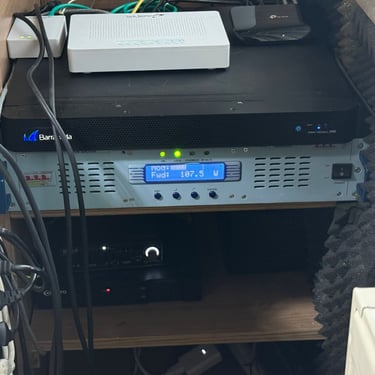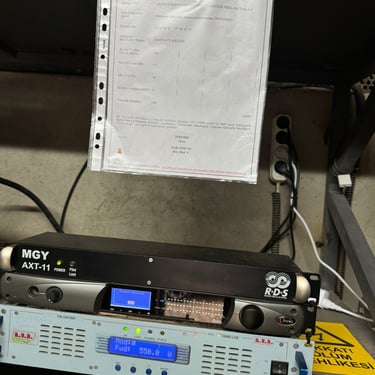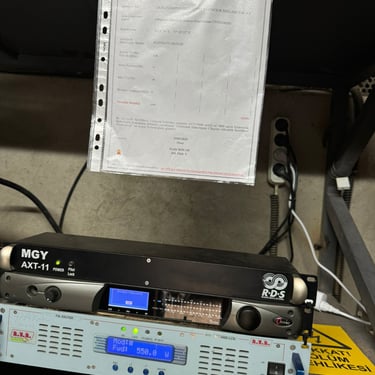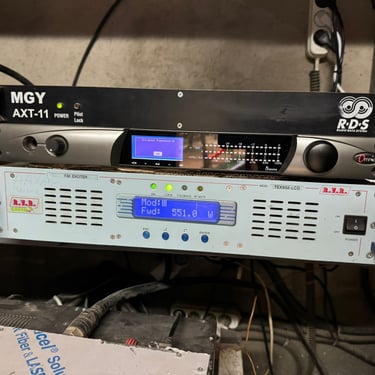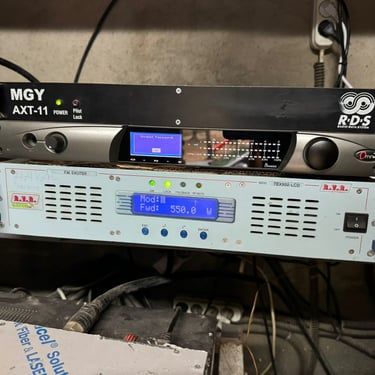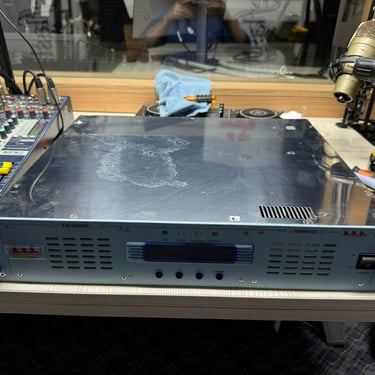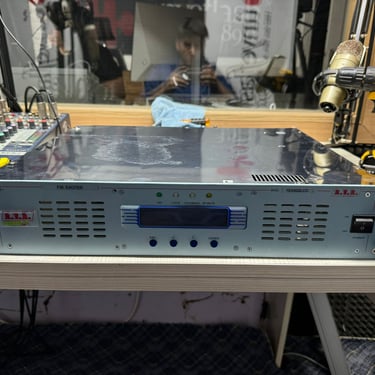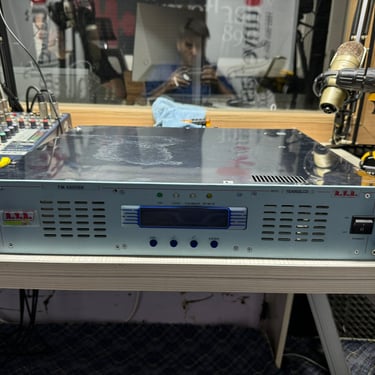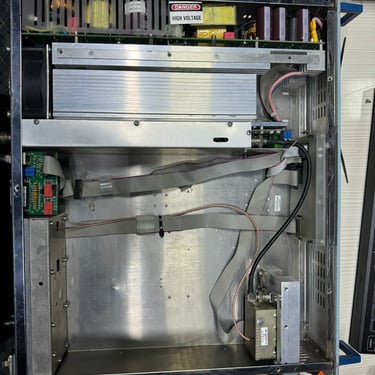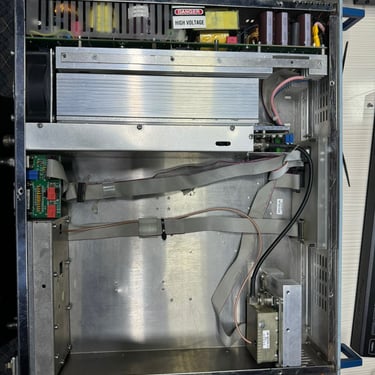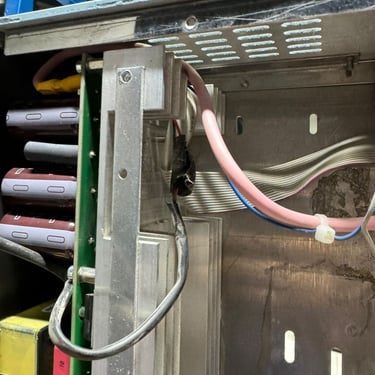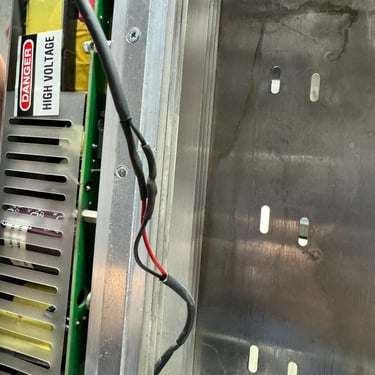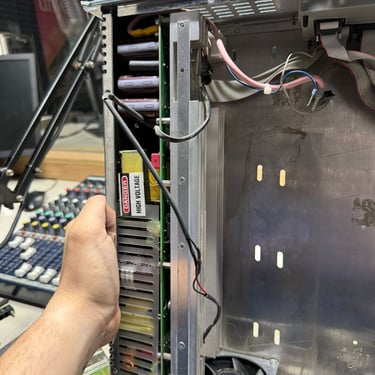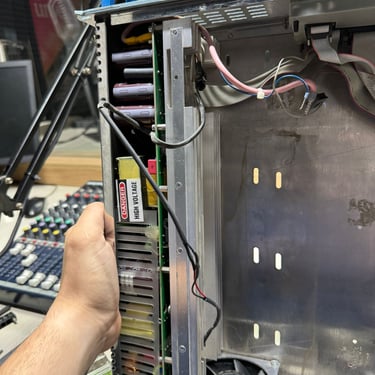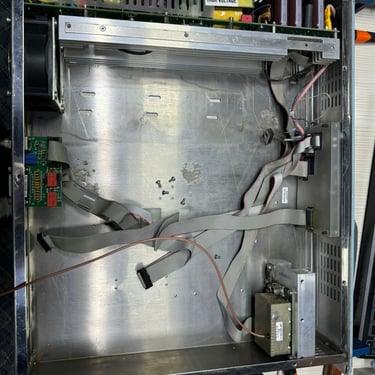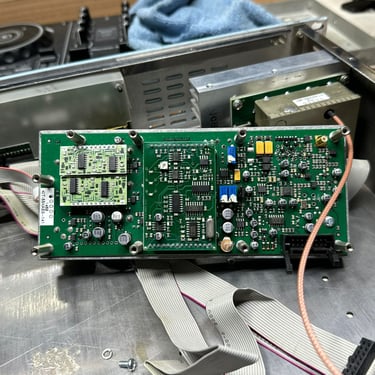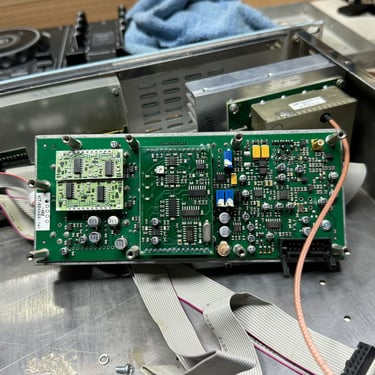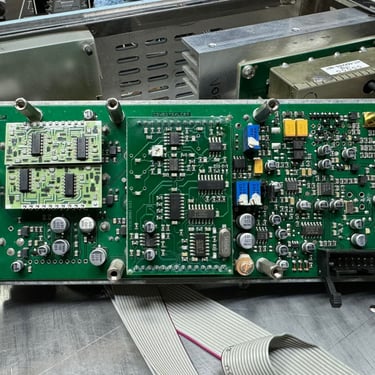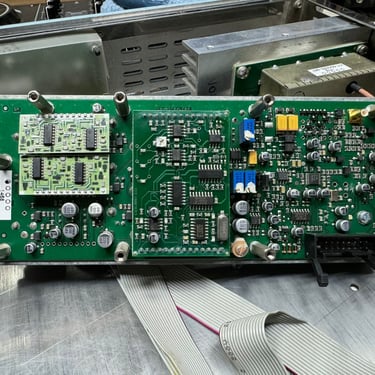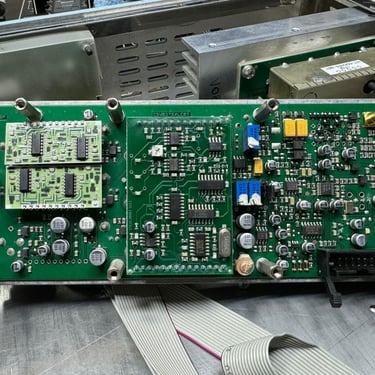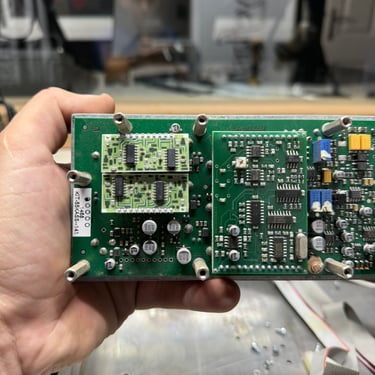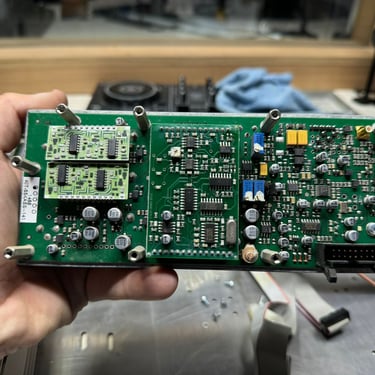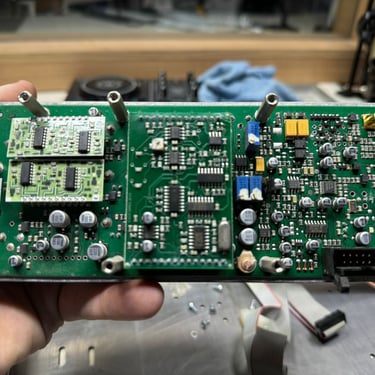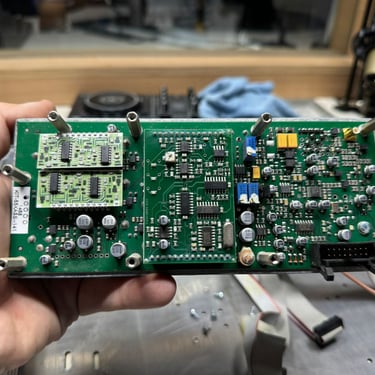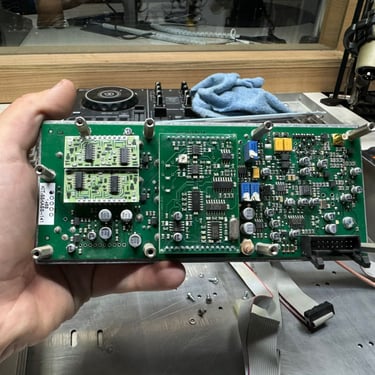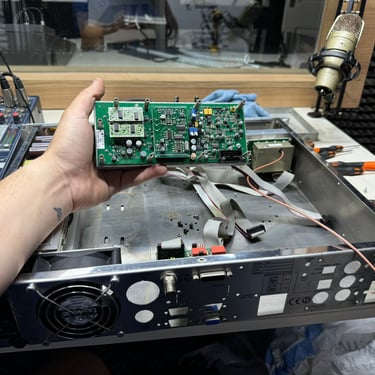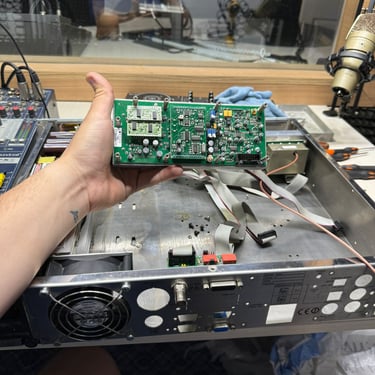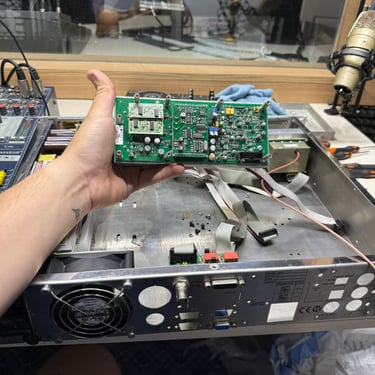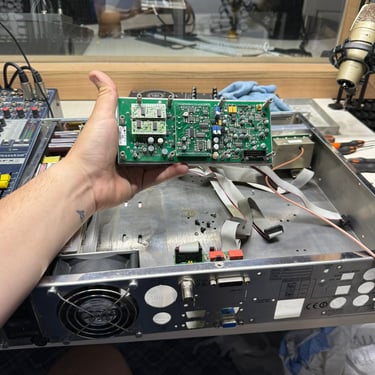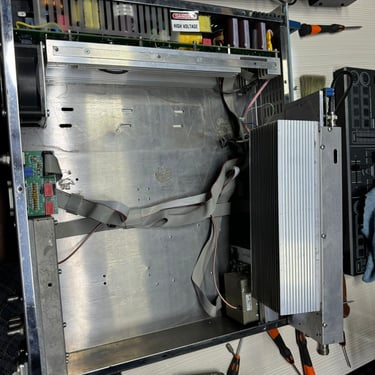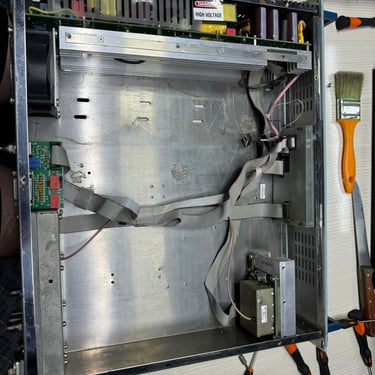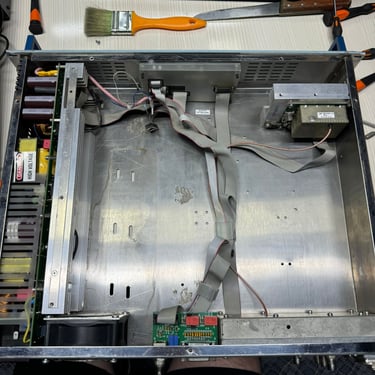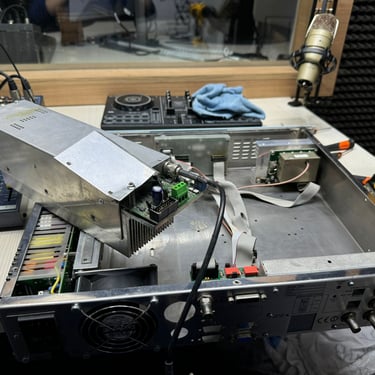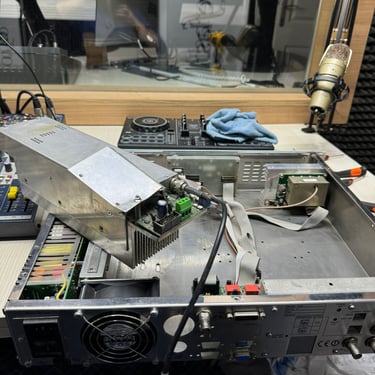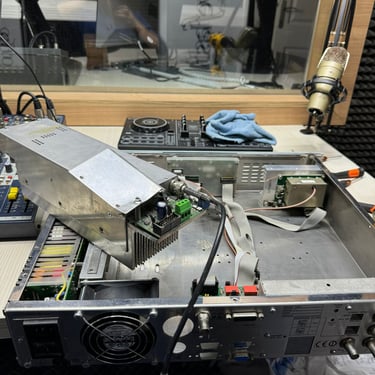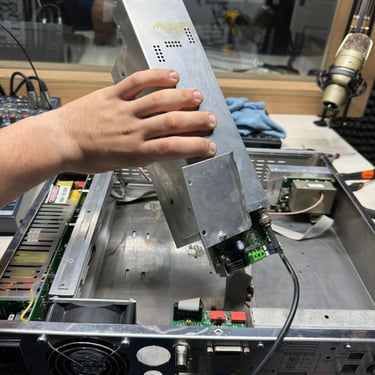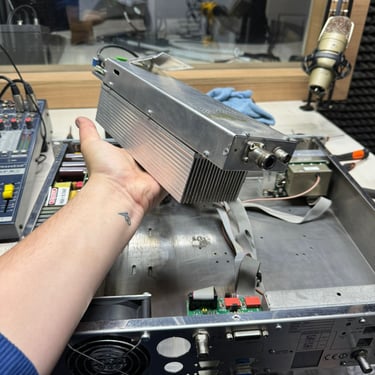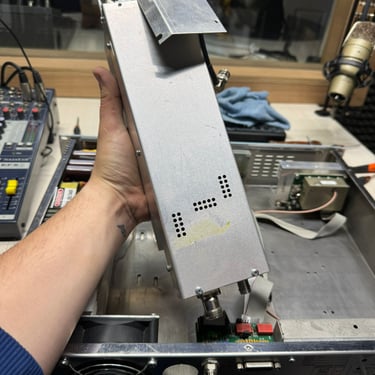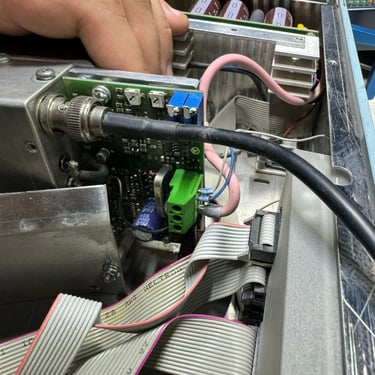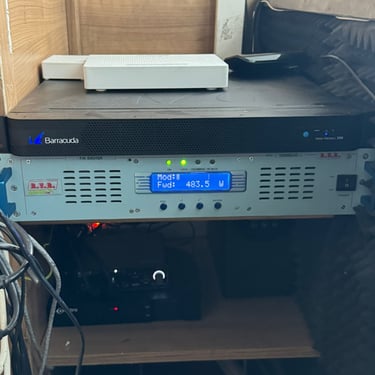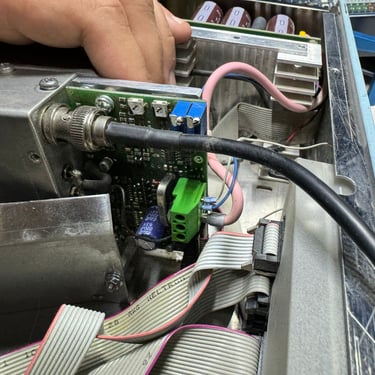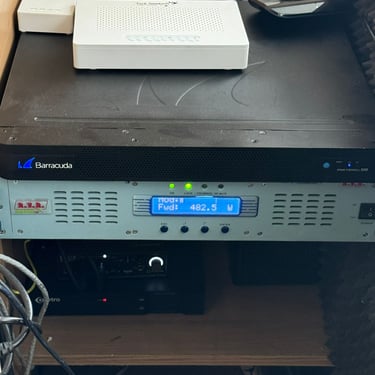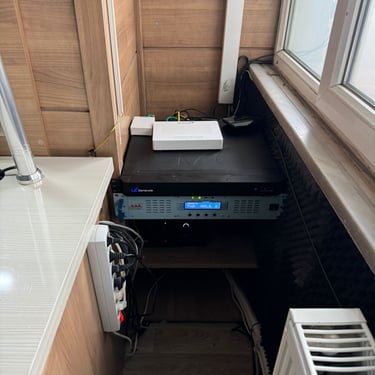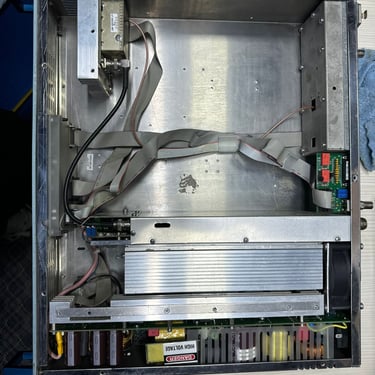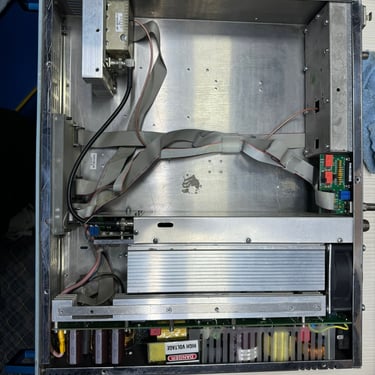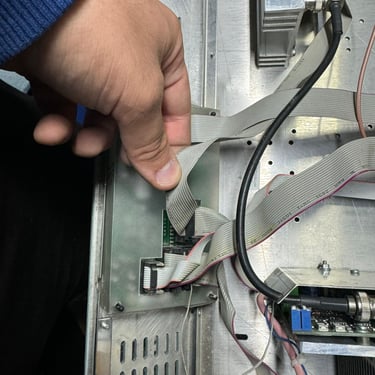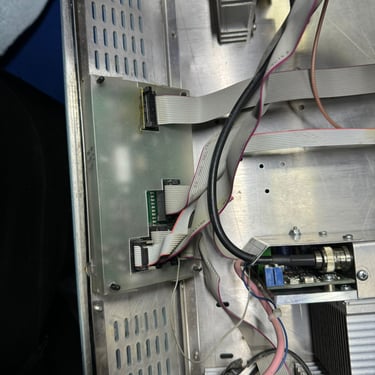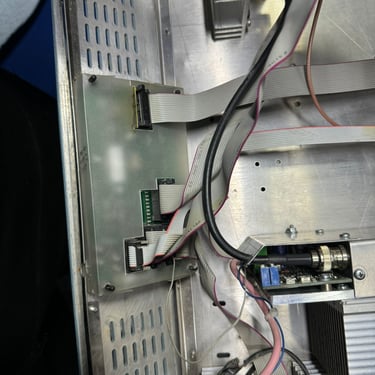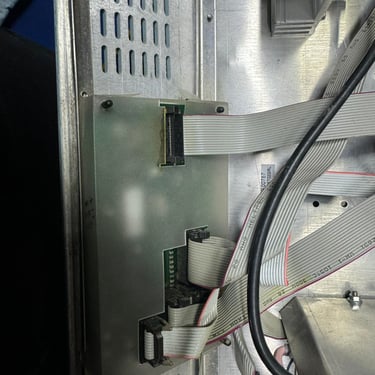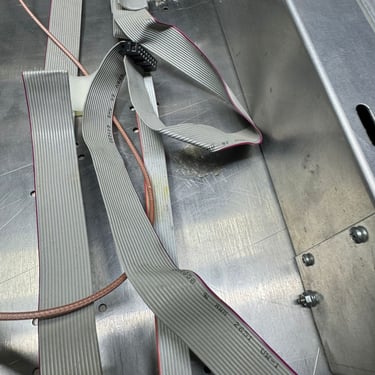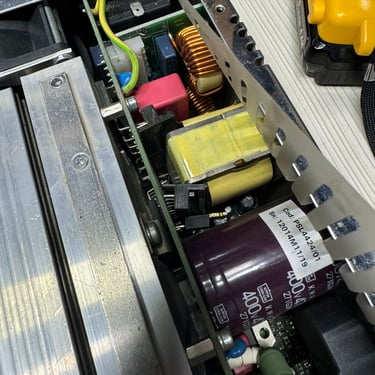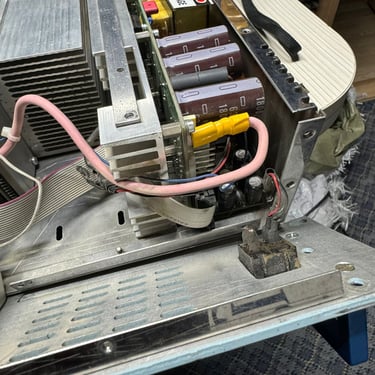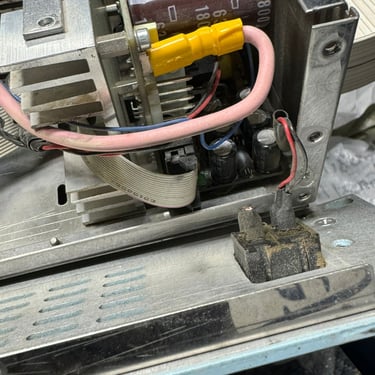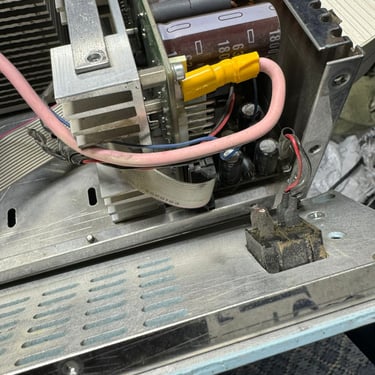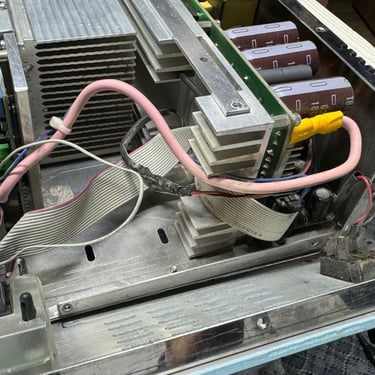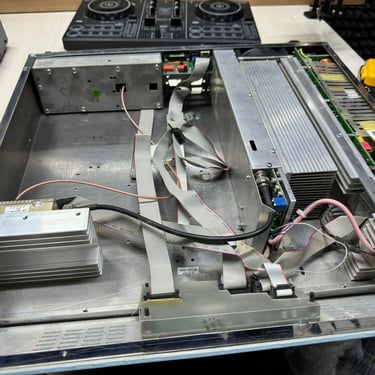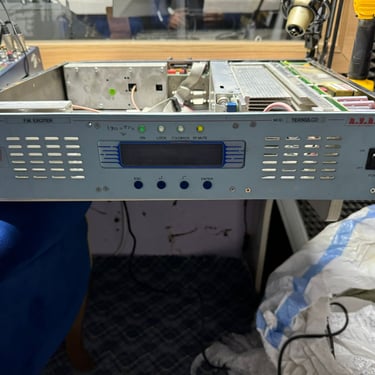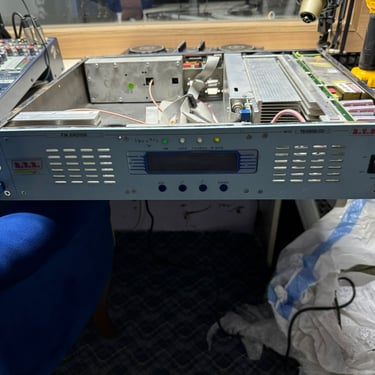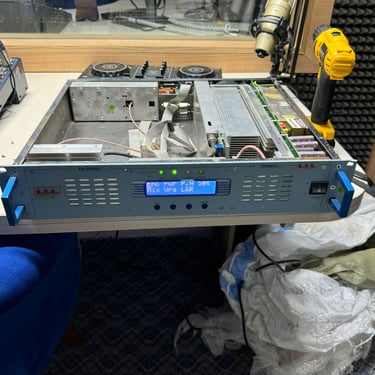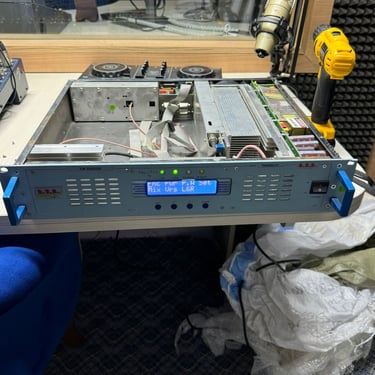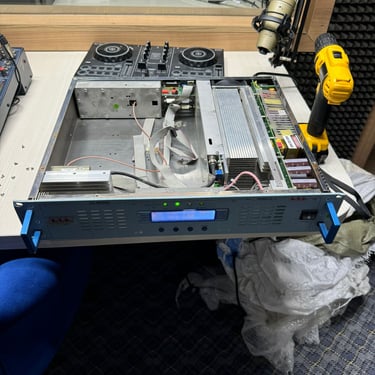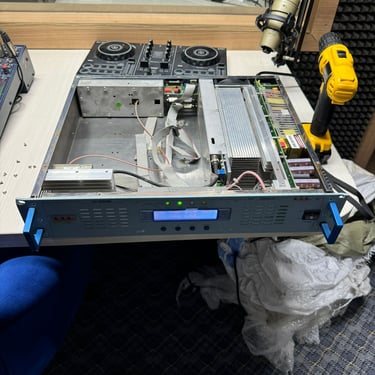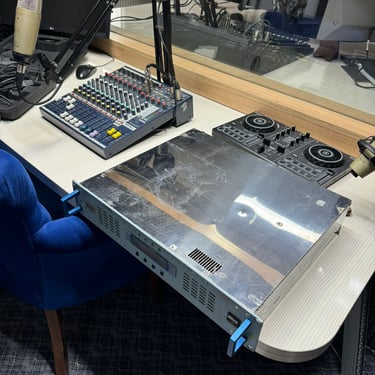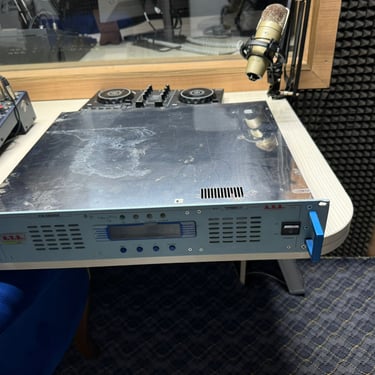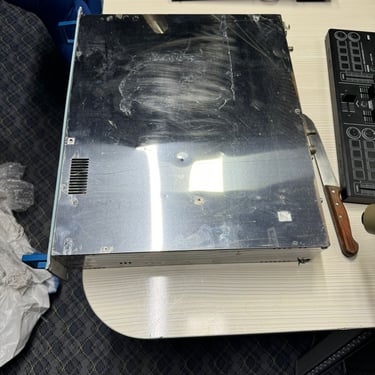RVR TEX 502 LCD
The RVR TEX 502 LCD is a 500W solid-state FM transmitter developed by RVR Elettronica, a renowned Italian manufacturer known for high-quality broadcast equipment. Designed for medium-sized radio stations, relay sites, and backup configurations, the TEX 502 LCD stands out with its compact 2U rackmount design, integrated LCD interface, and support for both analog and digital audio inputs.
AYBERK BLOG
vA Technical Insight into the RVR TEX 502 LCD FM Transmitter
When it comes to FM broadcasting, performance, reliability, and modularity are critical for both amateur and professional operators. Having worked extensively with the RVR TEX 502 LCD, I wanted to share a deep technical overview of this 500-watt transmitter — including its architecture, real-world performance, and practical integration insights from an engineer’s point of view.
Overview
The RVR TEX 502 LCD is a 500W solid-state FM transmitter developed by RVR Elettronica, a renowned Italian manufacturer known for high-quality broadcast equipment. Designed for medium-sized radio stations, relay sites, and backup configurations, the TEX 502 LCD stands out with its compact 2U rackmount design, integrated LCD interface, and support for both analog and digital audio inputs.
From an operational perspective, this unit offers exceptional efficiency, stable RF output, and flexible remote control options — qualities that make it a preferred choice in many FM installations, including my own field deployments.
Key Technical Specifications
Here’s a breakdown of the main technical specs, all of which I’ve validated in real-world use:
RF Output Power: Adjustable up to 500W
Frequency Range: 87.5 to 108 MHz (10 kHz steps)
Modulation: Wideband FM (F3E)
Harmonic Suppression: Better than -85 dBc (typical)
Spurious Emissions: Conforms to EN 302 018 and ITU-R SM.329
Audio Inputs: Balanced Analog (XLR), Digital AES/EBU, and Composite MPX (BNC)
RDS Support: Requires external RDS encoder (not built-in)
Audio Frequency Response: ±0.2 dB from 30 Hz to 15 kHz
Total Harmonic Distortion (THD): < 0.05%
Signal-to-Noise Ratio (S/N): Better than 75 dB (typical)
Efficiency: >70% (Class AB final stage)
Cooling: Forced air cooling with thermal sensors
Power Consumption: Approx. 1.1 kW at full output
Dimensions and Weight: 2U rackmount, approx. 13 kg
Design and Hardware Architecture
The TEX 502 LCD is built with modularity and serviceability in mind. Its internal architecture consists of:
A broadband exciter module, fully frequency-agile and software-controlled
A power amplifier stage using LDMOS transistors
A low-pass filter section to suppress harmonics and spurious content
A controller board responsible for system monitoring, alarms, and LCD interface
The transmitter supports direct MPX input, which makes it easy to integrate with external stereo encoders or RDS generators. In one of my projects, I used it in conjunction with a DEVA Broadcast stereo encoder and an Audemat RDS encoder, all synchronized via GPS reference, with excellent spectral and audio quality results.
LCD Interface and Local Control
The front panel features a graphical LCD display with navigation buttons, offering access to:
Frequency and output power adjustments
Audio input configuration (Analog, AES, MPX)
Reflected power and forward power monitoring
Temperature and fan status
Fault and alarm logs
The interface is intuitive, fast, and responsive — a welcome improvement over older RVR models that relied on DIP switches or RS-232 terminals.
Remote Monitoring and SNMP Control
For remote sites or mountaintop installations, RVR offers an optional IP-based SNMP remote control interface. Once configured on the local network or via VPN, you can:
Monitor real-time parameters (RF power, temperature, alarms)
Receive email alerts or SNMP traps on fault conditions
Remotely reboot or shut down the transmitter
Modify settings securely via web GUI or SNMP manager software
In harsh environments, where physical access may be delayed, this feature is absolutely invaluable. I've had installations that were unattended for months, yet remained fully operational thanks to this remote oversight.
Field Deployment Experience
In one particular setup, I deployed the TEX 502 LCD at a rural broadcast site with a 2-bay vertical dipole antenna system mounted at 40 meters. Set to operate at 450W, the transmitter delivered consistent performance with an efficiency of around 71% — exactly as specified.
Heat management is also robust. During high ambient temperatures (up to 38°C), the onboard fan system automatically scaled up its RPM to maintain optimal operating temperature without any thermal faults.
Audio quality, especially over AES/EBU, was superb. The stereo separation and dynamic range were noticeably better than many similarly priced transmitters I’ve tested. No audible hum, no overshoot on peaks, and an impressively flat response curve.
Pros and Cons
Pros:
Compact 2U design with high-density internals
Broad audio input compatibility (analog/digital/MPX)
Excellent efficiency for a Class AB design
Intuitive LCD menu system
Expandable with SNMP remote control
Rugged construction, made for continuous operation
Cons:
No built-in RDS encoder (must be external)
Cooling fans can become noisy over time
IP remote module is optional and not bundled in all units
Final Thoughts
In my engineering experience, the RVR TEX 502 LCD strikes a great balance between price, performance, and serviceability. It’s a transmitter that I trust in both mission-critical and low-maintenance setups. With clean audio, stable RF output, and remote management capabilities, it continues to prove its worth across different site conditions.
Whether you’re upgrading from an older analog unit or building a new FM site from scratch, the TEX 502 LCD deserves serious consideration. For those who value engineering elegance and on-air reliability, it’s one of the best in its class.
Note to myself 490 watts or 550 watts
